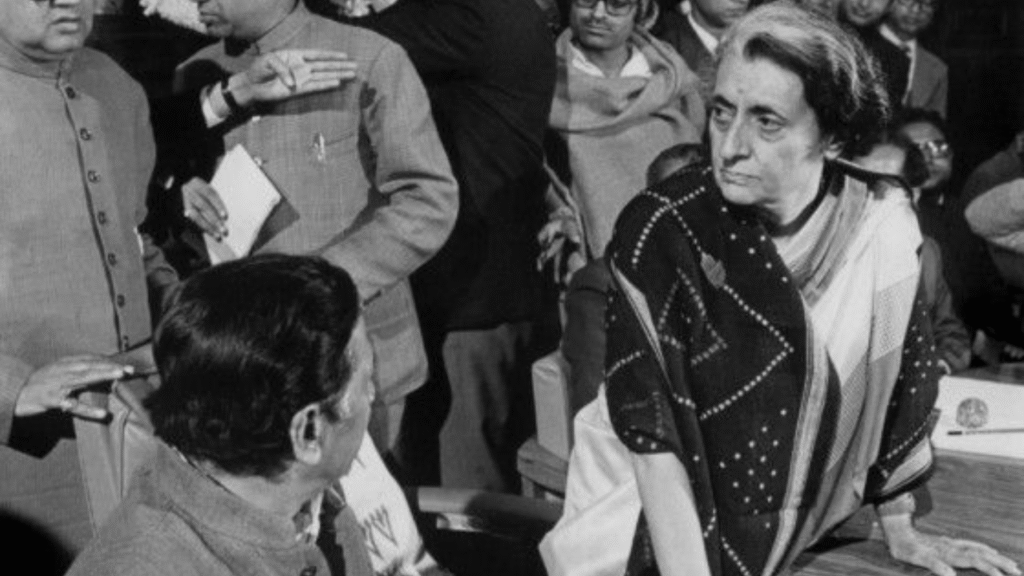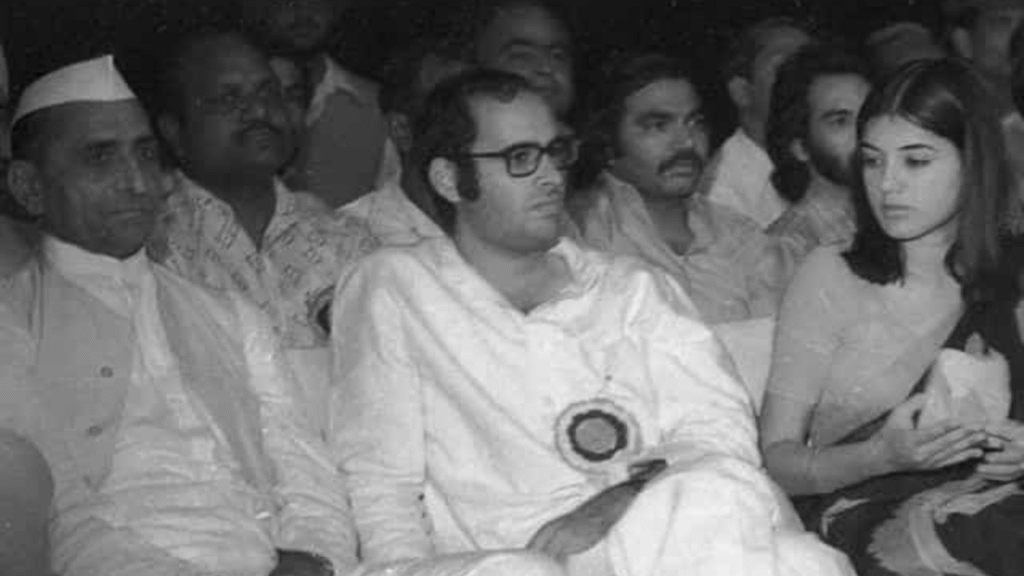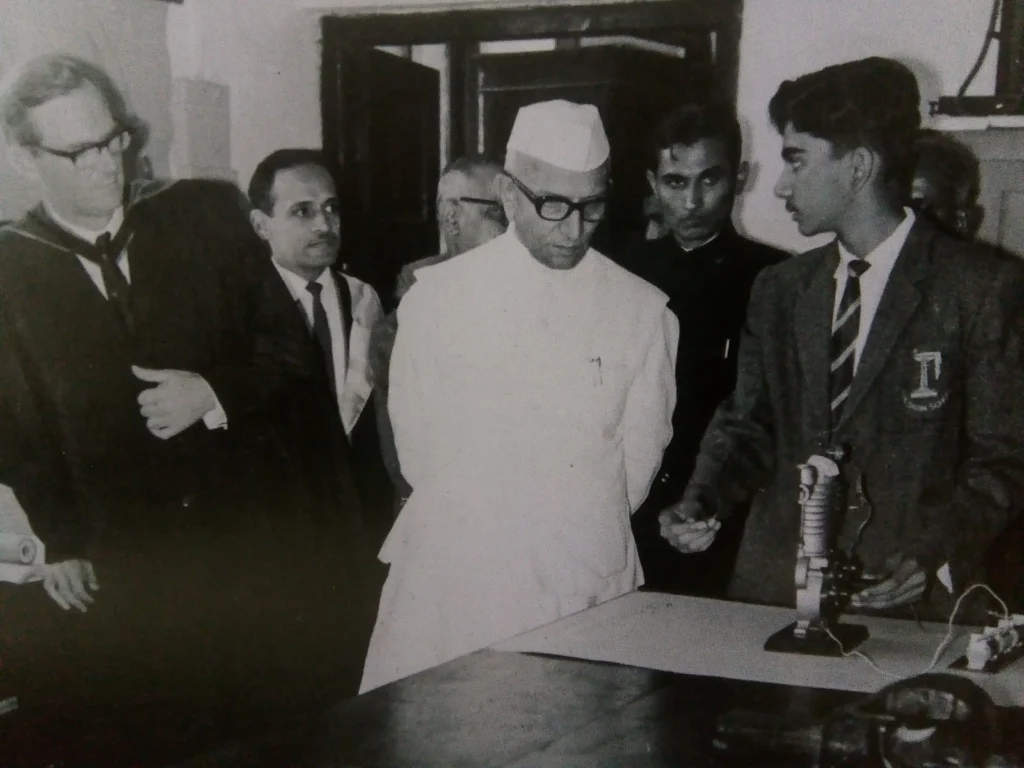Revisiting India’s Darkest Democratic Hour and Its Unfolding Legacy
On the night of June 25, 1975, India’s democracy was turned upside down. Prime Minister Indira Gandhi, facing mounting political pressure and a judicial verdict challenging her election, declared a nationwide Emergency under Article 352 of the Constitution, citing “internal disturbances.” What followed over the next 21 months was a suspension of civil liberties, mass arrests, censorship of the press, and authoritarian rule.
Most Indians today—especially the youth—have little idea about this seismic moment. But understanding the Emergency is essential because it reveals just how fragile democracy can be, even in the world’s largest democratic country. This article takes a deep dive into the origins of the Emergency, its brutal implementation, and the lasting consequences that still echo in Indian politics and civil society.
The Background: How India Slid into Emergency

To grasp the Emergency, we must first understand the context of the early 1970s. India was going through economic turmoil—rampant inflation, unemployment, and food shortages. The 1971 Indo-Pak war had just ended in India’s favor, and while Indira Gandhi had received praise for creating Bangladesh, her domestic popularity was starting to slip.
A major blow came on June 12, 1975, when the Allahabad High Court found Indira Gandhi guilty of electoral malpractices and declared her 1971 Lok Sabha election invalid. She was ordered to vacate her seat, which meant she could no longer serve as Prime Minister.
Instead of resigning, Gandhi went on the offensive. The opposition led by Jayaprakash Narayan (JP) launched a nationwide movement for “Total Revolution” that drew massive support. Protests erupted across the country, and Indira Gandhi, fearing political collapse, advised President Fakhruddin Ali Ahmed to declare Emergency.
This was the beginning of a democratic breakdown.
The Core Development: India Under Authoritarian Rule

Censorship and the Muzzling of Media: One of the first casualties of the Emergency was press freedom. Newspapers were required to get prior approval for all content. Critical publications like The Indian Express and The Statesman left their editorial pages blank in protest. Journalists were arrested, newspapers were shut down, and a climate of fear permeated the media landscape.
Mass Arrests and Suspension of Rights: More than 1,00,000 people were arrested without trial under draconian laws like the Maintenance of Internal Security Act (MISA). Political opponents, student leaders, trade unionists, and even artists were jailed. Habeas corpus—the right to challenge unlawful detention—was suspended. The Supreme Court, in a shameful verdict, ruled that even the right to life could be suspended during Emergency.
Sanjay Gandhi’s Shadow Rule: Indira Gandhi’s son, Sanjay Gandhi, emerged as a powerful and unelected figure. His radical “Five-Point Programme” included mass sterilizations for population control, slum demolitions, and youth mobilization. Over 6 million men, many poor and from backward castes, were forcefully sterilized—often in unhygienic, coercive settings. This left lasting scars on India’s poor.
Constitutional Manipulation: The 42nd Amendment to the Constitution, passed during this period, attempted to tilt the balance of power permanently in favor of the executive. Words like “socialist” and “secular” were added to the Preamble, and the judiciary’s independence was weakened.
The Emergency wasn’t just political; it was ideological warfare.
Today’s Perspective: Echoes of the Emergency
India formally ended the Emergency in March 1977, and Indira Gandhi was defeated in a historic general election. The Janata Party came to power, and democracy was restored. But the questions raised by that era remain relevant even today.
Public discourse often draws parallels between Emergency-era policies and today’s political climate. The arrest of journalists, internet shutdowns, and misuse of investigative agencies are seen by some as signs of “soft authoritarianism.” While there is no formal Emergency today, critics argue that the spirit of dissent is under threat.
Meanwhile, the Congress Party continues to bear the political stigma of the Emergency. Rahul Gandhi has acknowledged the mistakes of that period, but it remains a permanent blot on the party’s democratic credentials. BJP, on the other hand, has repeatedly used this history to corner the Congress, painting it as inherently authoritarian.
On the 50th anniversary, schools, universities, and media platforms are revisiting this chapter. But the public memory, especially among Gen Z, is faint. This makes it all the more urgent to retell the story.
Why Emergency Still Matters

The Emergency changed India’s political DNA. It showed that democratic institutions, even in a republic, could be easily bypassed if checks and balances fail. It taught citizens to be wary of centralization of power and the importance of a strong, independent judiciary and media.
The backlash to the Emergency also led to a new political awakening. Civil society strengthened, political activism increased, and voter awareness improved. Many leaders who resisted the Emergency went on to become key figures in Indian politics—like Atal Bihari Vajpayee, L.K. Advani, and Arun Jaitley.
However, the temptation of authoritarian shortcuts still looms. Emergency reminds us that democratic decline often doesn’t begin with a coup—it begins with a legal declaration, a silent judiciary, and a muted media.
As India completes 50 years since that fateful night, the best tribute to the republic is to keep questioning authority, protecting free speech, and demanding accountability.
The Emergency was a moment of reckoning for India. It laid bare the vulnerabilities in the country’s democratic framework and showed how easily rights could be suspended in the name of national interest. Fifty years later, India remains proud of its democratic traditions. But we must remain vigilant. The past is not just a memory—it’s a warning.
Never forget June 25, 1975. Because democracy is not a gift. It is a responsibility.





















